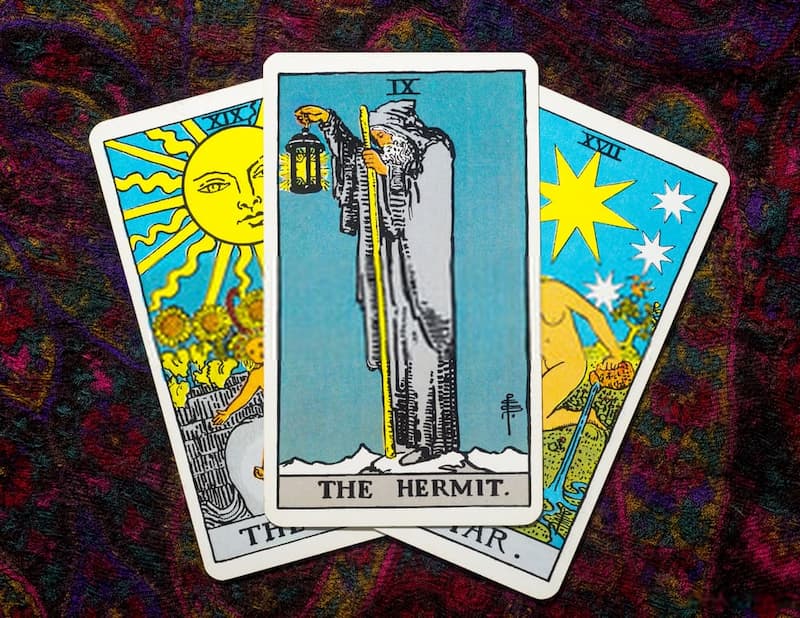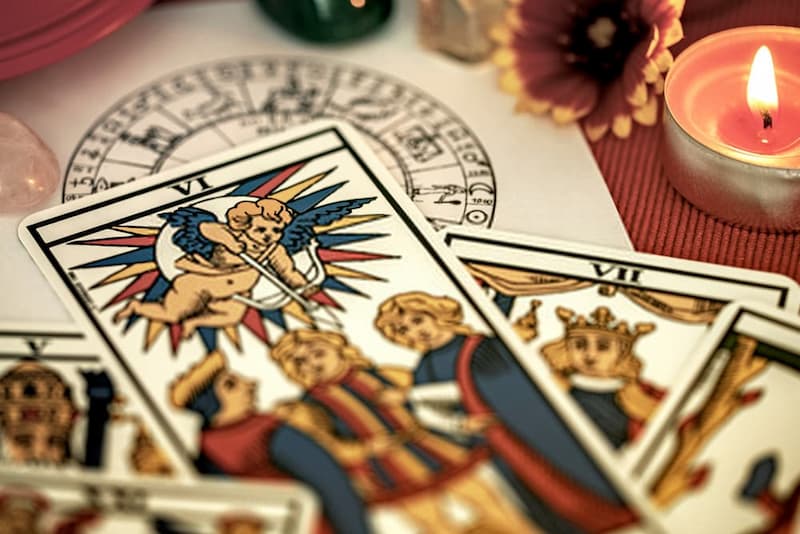Tarot Origins
The earliest records of a tarot deck come from Italy, the oldest of which is that of Filippo Maria Visconti (1412-1447), preserved at Yale University. The famous Visconti-Sforza deck was created for his daughter’s wedding.
In the 18th and 19th century, with the rise of occultism, several scholars such as Gebelin, Eliphas, Levi, Papus and P.V. Piobb, among others, tried to demonstrate a connection between tarot and the cabala, this connection was worked by the order of the Golden Dawn in England creating wonderful tarots such as the Rider Waite tarot and also relating them to Egyptian symbolism such as the Crowley tarot, also known as the Thoth tarot, in relation to the Egyptian god. Thoth, god of wisdom and writing who would be assimilated to Hermes trimegistus and to the god Hermes/Mercury himself.
Some suggest a Cathar origin, due to the strong feminine influence and some cards such as the papisa (number 2 of the major arcana),
Papus suggested a gypsy origin, stating that they were the ones who promoted its divinatory use, but there is evidence of the existence of the tarot before their arrival, and in France and Italy its divinatory use is documented as early as the 15th century.
In any case, the influence of the Spanish deck of cards on the minor arcana is undeniable and, as it predates the tarot, it is probable that some kind of influence of the Gypsy ethnic group was involved in its propagation.

At first, and for a long time, the tarot was relegated to the upper classes, due to its manufacture, but when the printing press was developed, it became more accessible.
A text by Martiano da Tortona, written between 1418 and 1425, mentions the existence of what would be the trumps, these being different from how we know them today, at first there would be 16 and some of their figures would be gods, several of them from Greco-Roman mythology, it should be emphasised that the Greek gods have human characteristics and maintain the heroic essence. The suits would not yet be those of the Spanish deck, but birds.
Already in the middle of the 15th century, some similar games with triumphs appeared in Milan and were quite well known.
In relation to the Spanish deck (of which there are records as early as 1310, suggesting an earlier existence), the incorporation of the suits in the minor arcana should be highlighted. The Spanish deck has its origins in other Arabic or Mamluk cards at the end of the 13th or beginning of the 14th century.
It was in the 18th century when its use became popular as a means of divination, and it was related to magic, with its study proliferating in the 19th century.


